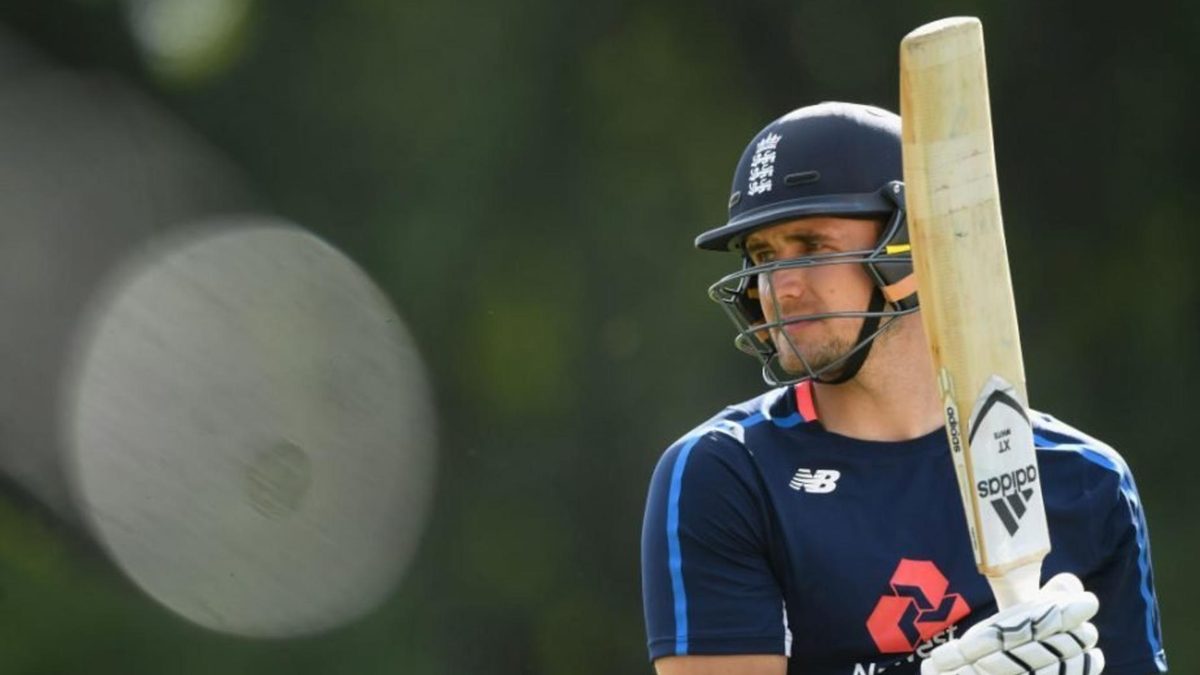
Nine of a recent England Test XI were educated at a private school, highlighting problems of exclusivity that run through the game, and which appear to be becoming more entrenched. James Wallace examined an uneven playing field in the October issue of Wisden Cricket Monthly.
Read more from WCM’s cricket’s diversity crisis series here
First published in issue 36 of Wisden Cricket Monthly
Test cricket is a game of contrasts: bat/ball, spin/pace, out/not out. It’s risk vs reward, creamy whites and cherry reds. Days of meticulous planning against a moment of sheer instinct. Division is also at its core: batsmen play bowlers, county vs country, a history of amateurs and professionals. Great rivalries give the game oxygen. So when things become too samey, too comfy, it’s a problem.
Scyld Berry has covered a lot of cricket – 43 years of the stuff – so when he notices something, it’s worth paying attention. Last month he wrote a column for the Telegraph titled ‘Why England would be a better team with more state school players in it’, in which he noted that the top-six batsmen for the second Test against Pakistan and, unprecedentedly, nine of the total XI, were the products of a fee-paying education. Too samey. Too comfy.
Berry believes that this homogeneity leads to ‘group-think’ on and off the field, pointing to the example of the interchangeable dismissals of their batsmen when England were reduced to 27-9 (eventually 58 all out) against New Zealand at Eden Park in 2018, and their “stiff upper lip” reactions off it. He describes the omission of Lancashire batsman Liam Livingstone – who was part of the squad but is yet to make his Test debut – as a “lamentable waste of talent and failure to embrace heterogeneity”. Livingstone was in good form, having scored a fluent 88 in a warm-up match and shown an aptitude for audacious shots. The point being that his more homespun style may have given the Kiwis something more – or at least something different – to think about.
“Of course I’d have stopped the rot and got a hundred…” Livingstone tells WCM, tongue firmly in cheek. He saw Berry’s piece and was flattered. “The way I grew up, playing club cricket is different to lots of lads. I wouldn’t change anything, even if some of the pitches in the northern leagues were terrible. It stood me in good stead.”
Boys against men in club cricket is a schooling of different sorts, and a pathway that Graham Thorpe, England’s assistant coach, recognises. “It was very much the clubs,” he says. “Our club set-up locally was fantastic. I think a lot of the counties now direct a lot of these younger players to the private schools. With Surrey, Rory Burns, Jason Roy, Dom Sibley all went to Whitgift [an independent school in South Croydon]. It’s possible they get directed in that way.”
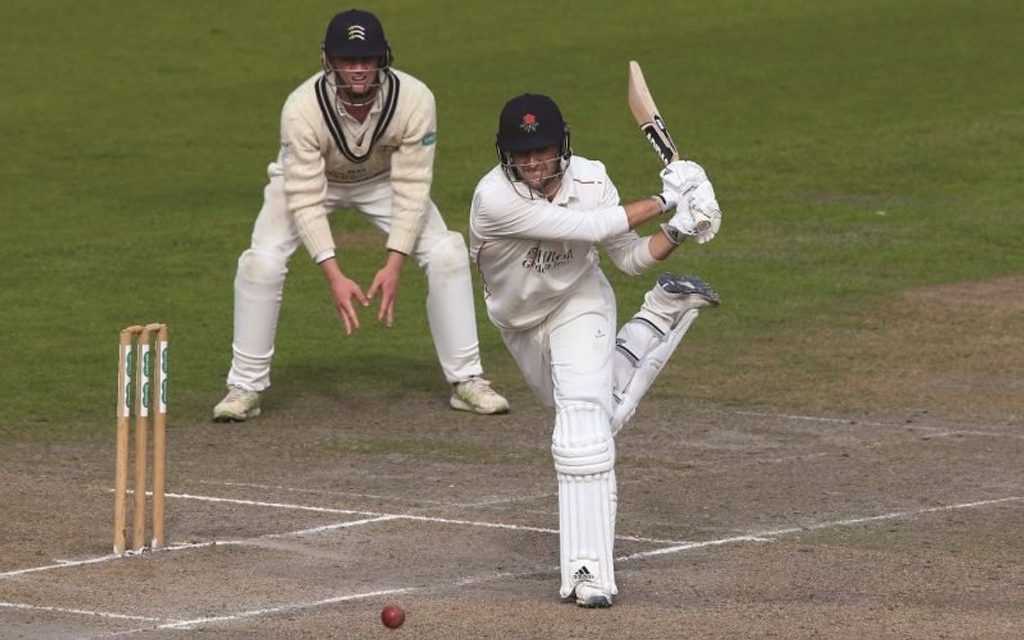 Liam Livingstone has followed a different pathway to many of his contemporaries
Liam Livingstone has followed a different pathway to many of his contemporaries
The Cricketers’ Who’s Who is a decent place to gauge the make-up of the English professional game. Flicking through the annual compendium compiled using questionnaires filled out by county cricketers, you’ll discover who lists the Kama Sutra as their favourite book, and whose spirit-animal is a tortoise. Dig a bit deeper into the 2020 edition, and it reveals that of the 462 men’s county cricketers listed, 152 went to fee-paying schools and 184 to non-fee paying, with 126 educated overseas. In other words, 45 per cent of the men being employed to play county cricket who were educated in this country come from a private school background. An even split? Not really when you consider that only 7 per cent of the population attend independent schools.
The Sutton Trust and Social Mobility Commission’s 2019 report entitled ‘Elitist Britain’ found that men’s cricket in England was skewed towards those who attended private schools. The national team at the time, with a 43 per cent fee-paying make-up, made the top 10 professions with the highest independent school representation. A year or so later and the men’s game at the highest level looks to be fishing from an even shallower pool.
The 82 per cent make-up of the England side which Berry drew attention to would now put it comfortably top, looming over High Court judges and the House of Lords, and peering down upon diplomats and the Armed Forces. That’s tricky to square with a game currently touting its inclusivity.
The ECB’s strategy document for 2020-24 is titled ‘Inspiring Generations’, and one of its six priorities is to reach a new audience through its ‘elite’ teams. This is problematic when those teams are so unrepresentative of the audience they are trying to attract.
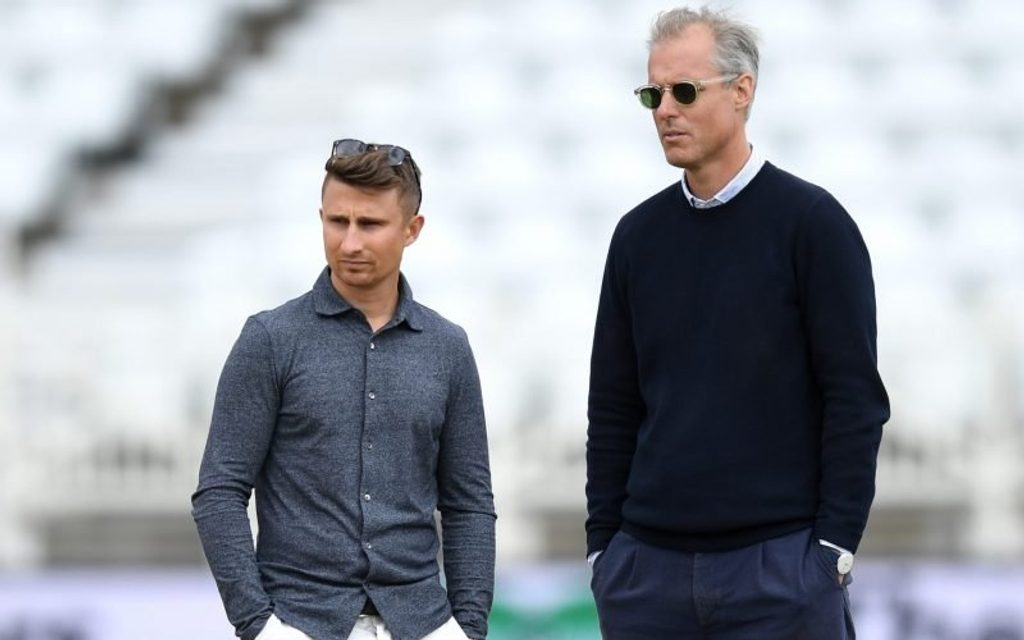 England selectors James Taylor and Ed Smith both attended prestigious private schools
England selectors James Taylor and Ed Smith both attended prestigious private schools
Of England’s 55-man cross-format training squad selected earlier this summer, 24 were educated by the state and 26 privately, with five schooled overseas. “The dogged persistence of the British ‘old boy’” is how a 2017 study by two Sociology professors from the London School of Economics described the pre-eminence of privately educated alumni across society. This has been reflected in the corridors of power in men’s cricket: Andrew Strauss (Radley), Ed Smith (Tonbridge) and James Taylor (Shrewsbury) follow in the well-heeled footsteps of James Whitaker (Uppingham), David Graveney (Millfield) and Peter Moores (King’s Macclesfield). Unconscious or not, does this ‘persistence’ at the top of the game lead to an ‘old-boys’ bias gently swirling through it? A drop of ink in a glass of water?
There’s no doubting the fact that those people are incredibly well-qualified, and quite possibly the best candidates for the role they hold or held, but this isn’t about individuals. Historian David Kynaston and economist Francis Green (both keen to stress their own privately educated backgrounds) insist that no one should feel exempt, or alternatively barred, from discussing the issue of private education – “The root of inequality in Britain”, as they describe it. In their 2019 book Engines of Privilege: Britain’s Private School Problem they argue that the issue is the responsibility of society as a whole: “Everyone has to live and make their choices in the world as it is, not as one might wish it to be.”
***
Zak Crawley, 22, and Dan Lawrence, 23, are two young batsmen who are likely to play many games for England over the next decade or more. Both have already shown commendable commitment to the game, and exceptional talent. On the eve of the tour to New Zealand last autumn, Crawley’s first taste of the senior set-up, the Kent batsman told Simon Wilde of The Times: “I saw in a magazine once that Johan Cruyff used to live on the ground at Ajax… So I thought, I’ll have a flat here [at the St Lawrence Ground in Canterbury]. Living over the shop isn’t always the best thing to do. That’s why I was never a boarder at school [at Tonbridge]. But this is different because I love it. I didn’t really love school.”
Lawrence spent his formative years in a flat attached to Chingford CC in Essex and, like Crawley, he possessed an almost insatiable desire to hit a cricket ball. He recently told Scyld Berry in the Telegraph: “I spent the vast majority of my childhood in the indoor nets… I remember coming back from school and spending hours there every single day.”
Crawley is the son of a multi-millionaire stockbroker and Lawrence of the Chingford CC groundsman. One had the opportunity through geographical circumstance, and the other was fortunate enough to have choices available to him. Both had the desire to get to where they are today.
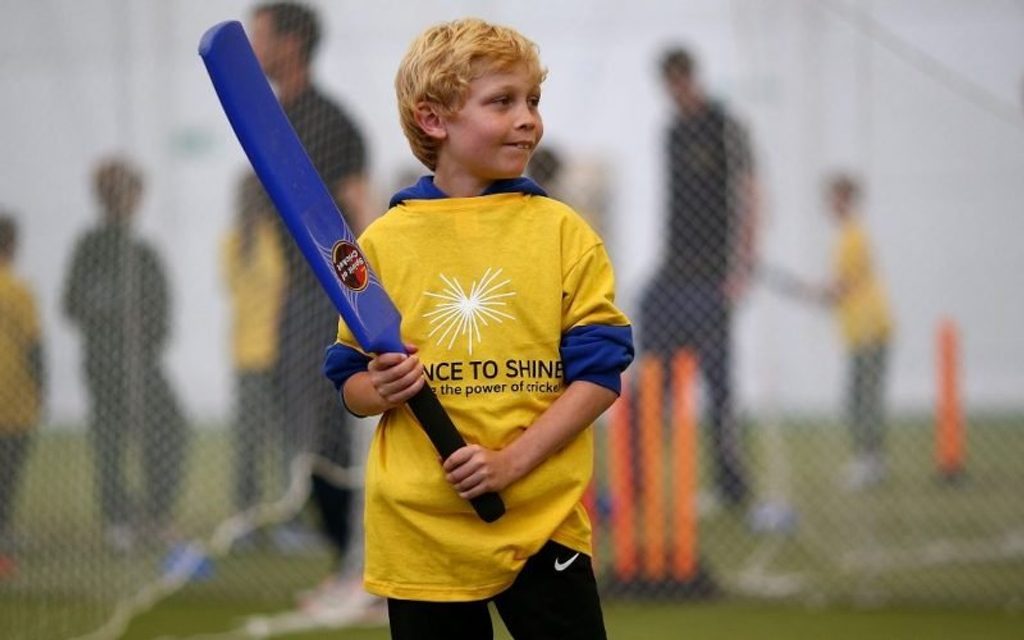 Chance to Shine has delivered coaching to 5 million children since its inception in 2005
Chance to Shine has delivered coaching to 5 million children since its inception in 2005
There’s of course more nuance to this than simply a reductive state vs private slug-out. The scholarship system, whereby talented cricketers from state-school backgrounds are handpicked by private schools, which in turn then act as feeders to certain counties, might fudge some of the numbers. Joe Root and Jos Buttler are notable examples. Another is Haseeb Hameed, the Bolton-born opener attempting to revive his career at Notts. But what of the children left behind? With a few more years of development, it could have been them with the golden ticket? Too late, chance gone. Bad luck.
Chance to Shine is a charity partly funded by the ECB and Sport England tasked with combating the decline of cricket in state schools. Its chief executive, Laura Cordingley, explains to WCM: “It is inspiring for children to see players from backgrounds like their own at the highest level and we would love to see more state-educated players reach the national team.” She also highlights “the incredible benefits that the game brings to [students’] physical, social and mental well-being, as well as teaching key life skills”. In inner-city areas, with green spaces and traditional cricket clubs dwindling, the Chance to Shine run street cricket projects provide a safe space for young people to play for free, all year round.
***
Wayne Rooney has been described as “the last of the back-street footballers” – the country’s streets being deemed either too unsafe or full of traffic to allow others to develop their game in the same way. Football writer Jonathan Wilson tells WCM that there is a real concern in the game now; youth academies get hold of kids when they are six or seven, they become used to being coached and playing a regimented form of the game on carpet-like training pitches. Football in this country is losing something. “The rough edges, the inspiration and imagination that you would get if you were playing in a backstreet in the 1930s, a favela in Rio or a dusty street in Accra,” says Wilson.
Cricket has always had characters who have done it their own way in spite, or because, of their environment. Steve Cannane’s book First Tests: Great Australian Cricketers and the Backyards That Made Them details how important these early environmental factors are – Doug Walters becoming a deft player of spin because the ant bed in his backyard made the ball rip in every direction, or Neil Harvey’s sparkling footwork forged on the cobbles at the back of his house off which a tennis ball would spit and skid. That’s before we get to Trumper, Grimmett and, of course, Bradman. Wilson and Cannane both lament the loss of innovation born out of inquisitiveness, ingenuity and in response to environment, with youngsters increasingly learning their sport in the same way in the same select places.
The slope at Lord’s is measured at 8ft 2in from the north-east to the south-west of the ground. The ‘home’ of cricket has a far from level playing field. The state-school kids who are lucky enough to make it there one day will be all too used to that unevenness, metaphorically at least. Across the country, state schools are being forced to raze their own ‘assets’ in order to deal with budget cuts and years of austerity. The government’s website reveals that 215 playing fields have been sold off in England over the last decade, a statistic that no doubt contributes to the stark NHS figures of 2016 declaring that 28 per cent of 2-15-year-olds are overweight or obese. If you are a child that goes to a school without playing fields, and you don’t live near a cricket club or have a sibling or parent/guardian figure with an interest and the means to take you there, then the upshot is that you are very unlikely to play.
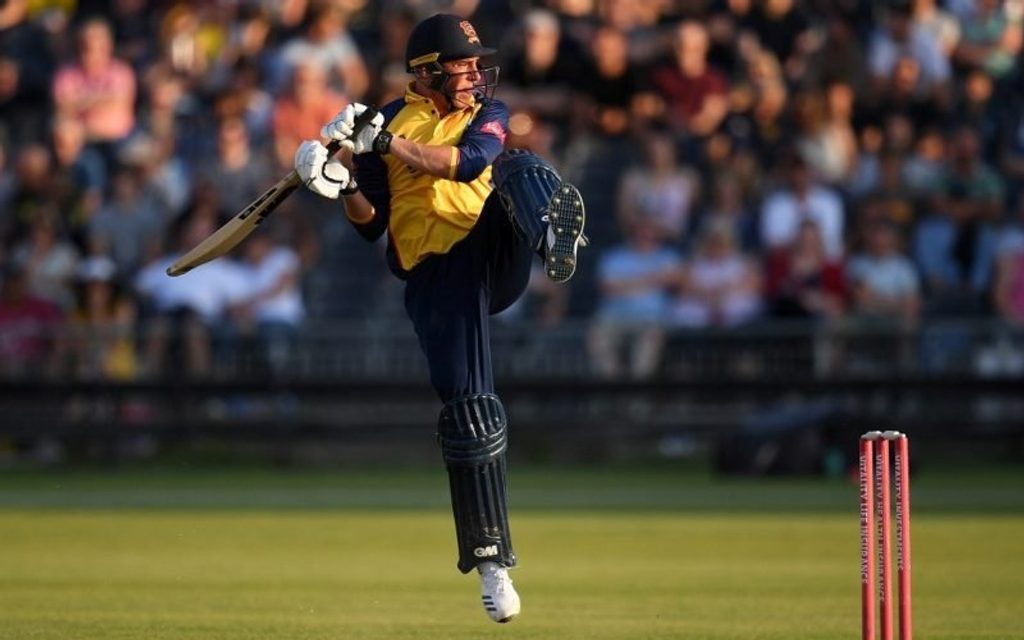 Essex’s Dan Lawrence has a homespun technique which sets him apart
Essex’s Dan Lawrence has a homespun technique which sets him apart
Someone who has vast experience of this is Dr Sarah Fane, the newly appointed director of the MCC Foundation, who spent the last 18 years running the Afghan Connection charity, which she established in 2002. Fane has seen how cricket can transform lives, her work reaching places that sat untouched by sport or education. She is hopeful that a network of 55 (and growing) MCC Hubs, which are “unashamedly about talent, totally free to access and absolutely for state-educated kids”, can help to reach those children who might fall through the cracks.
There are plans in place to pilot the hubs in more inner-city areas, working closely with existing community groups and networks. She mentions plans for a new hub in Croydon, working with the Refugee Cricket Project, which brings together young refugees and asylum seekers to offer not only opportunities to meet and play but also to offer advice and support on things such as homework, safe use of the internet and ‘form completion’. Helping with this thorny stuff and letting children who find themselves in this position be children for a precious hour or two sounds unfathomably vital. It’d be some story if just one of these kids went on to pull on an England shirt in 15 years’ time.
Scyld Berry believes that the game in this country is in danger of becoming the sport of a “privileged and receding niche”. The English cricket teams should be more representative of society as a whole. If the aim is to inspire the hearts and minds of those watching, then the audience wants to see a reflection of themselves on the pitch. Someone they can point to and say: ‘They made it, why can’t I?’ If everyone they’re watching comes from the same few places and has an identikit story, then the dream remains just that, too distant to grasp.








